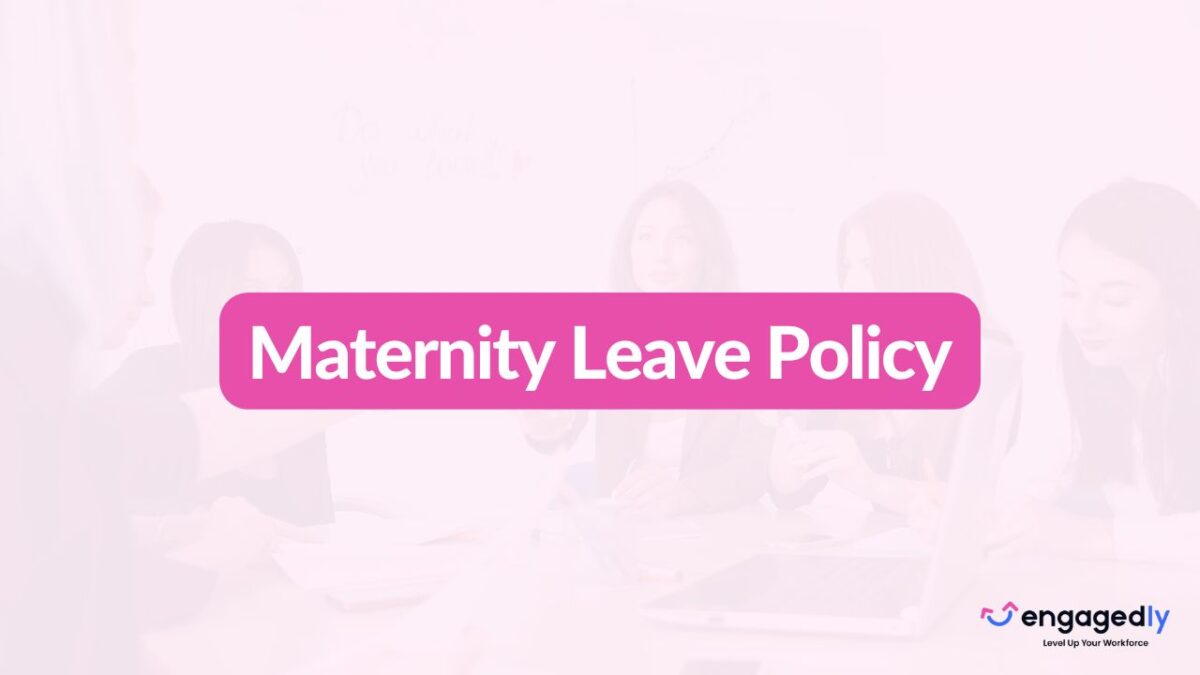What Is Maternity Leave?
Maternity leave refers to time away from work following the birth or placement of a child. In the U.S., it includes unpaid, job-protected leave under the Family and Medical Leave Act (FMLA) and state paid family leave programs. Employers may also supplement with short‑term disability (STD), paid parental leave, or employer-sponsored paid leave.
Federal and State Leave Laws in 2025
- Under FMLA, eligible employees can take up to 12 weeks of unpaid, job-protected leave, provided they’ve worked at least 1,250 hours over the prior 12 months for an employer with 50+ employees.
- State programs now mandate paid family and medical leave in 13 states plus D.C., covering childbirth and bonding leave with wage replacement rates between 50–90%, depending on income and state caps.
- Nationwide, only about 13% of private-sector workers have access to paid maternity leave, with new mothers averaging 10 weeks of total leave (paid or unpaid).
Typical Maternity Leave Durations in 2025
- Unpaid job-protected leave (FMLA): 12 weeks
- State Paid Leave programs: 6–12 weeks replacement at partial wage (up to state limits)
- Employer benefits (STD or top‑up): Many companies now offer paid maternity leave between 6–16 weeks, sometimes reaching 20–24 weeks for competitive reservoirs in high‑performing industries.
Employer Trends & Best Practices in 2025
- More employers are offering paid leave to primary and secondary caregivers, with no minimum service requirements.
- Innovative models like a “transition month”—a phased return at reduced hours—help support maternal mental health and retention.
- Employers are increasingly combining STD, accrued PTO, and paid parental leave into cohesive parental care packages.
Why Strong Maternity Leave Policies Matter
- Research shows that longer, paid maternity leave supports better maternal and infant health, and reduces postpartum depression risk.
- Comprehensive leave coverage leads to higher employee retention, particularly among working mothers and dual-caregiver households.
- Companies with transparent, inclusive leave policies stand out as employer-of-choice in a competitive labor market.

